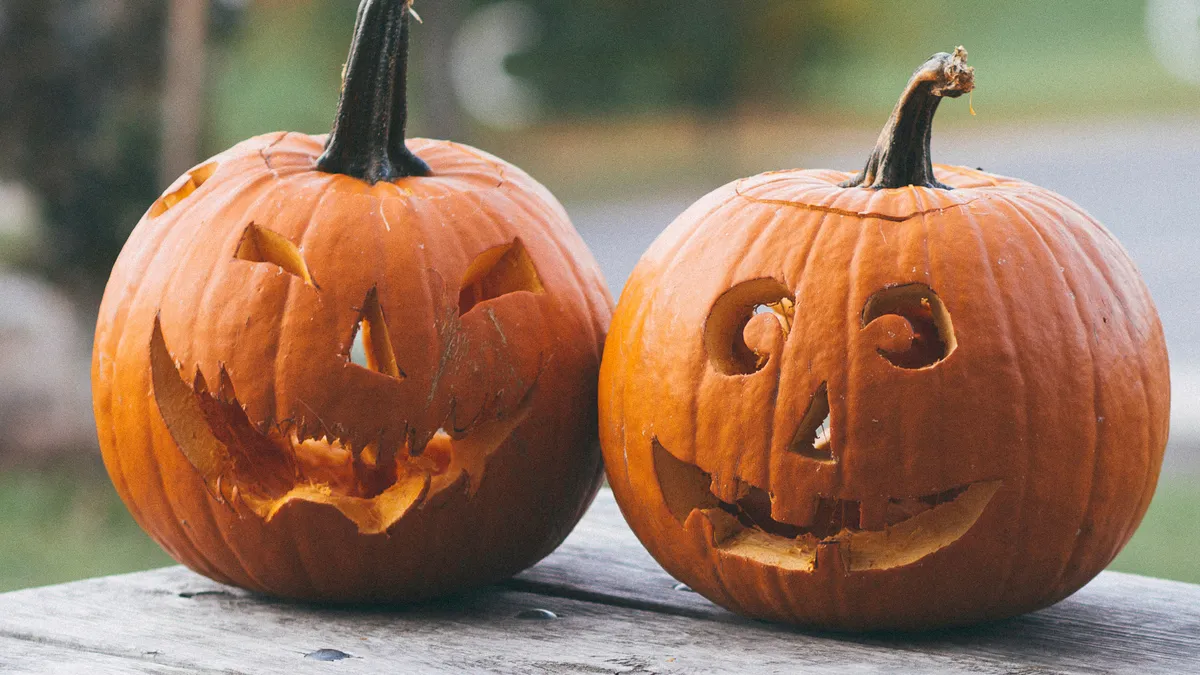On Oct. 31, elementary students in Illinois’ North Shore School District 112 will don costumes for Halloween parades at their schools after lunch, celebrating the holiday with classmates and family members who come for a visit.
Their peers in nearby Evanston/Skokie School District 65 will do no such thing.
Earlier this year — in a move that sparked local controversy and national headlines — the district announced it was banning costumes and other celebrations of Halloween during school hours.
The differing policies of the two districts, barely 15 miles apart in the northern Chicago suburbs, highlight two sides of an issue public-school officials have weighed for decades: how to handle a holiday as controversial as Halloween.
“This is a story that has a long history,” said Charles Haynes, founding director of the Religious Freedom Center of the Freedom Forum Institute in Washington, D.C.
Haynes has advised schools on these types of issues since the mid-1980s. Back then, most opposition to Halloween celebrations came from conservative Christian groups, which felt public schools shouldn’t condone a holiday with pagan roots, especially if schools were pushing back against celebrations of Christmas, he said.
But he’s watched it evolve into a more nuanced debate in recent years to include questions of academic value and even equity. “The story changes as increasing numbers of people raise issues about it for various reasons,” he said.
Haynes said the religious argument doesn’t hold weight on First Amendment grounds, since the holiday is considered a secular one in modern culture. (If students were learning about the origins of Halloween, however, that would be “treading on thinner ice.”)
But it’s not just some Christians who oppose it: Many Muslims and Jehovah’s Witnesses also don’t celebrate Halloween and prefer not to have their children involved in related activities, Haynes said. So in schools where Halloween creeps into lessons and classroom activities for weeks leading up to the holiday, there’s a legitimate concern students whose parents opt them out could be losing out on valuable learning time.
“If they can’t opt out reasonably, that’s not fair,” Haynes said. “So, naturally, the question comes up, ‘What is the educational value? And it’s really hard to defend Halloween on educational grounds.’”
This seemed to be the case in Evanston, Illinois, where school leaders decided against Halloween celebrations because they don’t align with the district’s commitment to equity, Assistant Superintendent Andalib Khelghati said in an emailed statement.
“While we recognize that Halloween is a fun tradition for many, it is not a holiday that is celebrated by everyone for various reasons and we want to honor that,” he said. “We are also aware of the range of inequities that are embedded in Halloween celebrations that take place as part of the school day and the unintended negative impact that it can have on some students, families, and staff.”
Khelghati did not respond to a request to elaborate.
In the North Shore district, located in Highland Park, Illinois, Superintendent Michael Lubelfeld doesn’t know of any opposition to the schools’ Halloween celebrations, which include one-hour parades, a community pumpkin carving event, and a combined Halloween/Día de los Muertos celebration with costumes and pan dulce at the district’s Spanish-English dual-language school.
Lubelfeld said the schools have been celebrating Halloween as the “norm” for more than a decade, long before he became superintendent last year. If parents do not want their children to join in the celebrations, however, principals work with those families to come up with an alternate activity, he said.
Haynes said many school districts have evaluated their policies on Halloween and started to scale back in recent years.
“They said, ‘Let’s dial it back, and for those people who want it, we’ll have the parade and maybe we’ll have it at the end of the school day,’” he said. “They started to realize, in some places, that they were overdoing it.”
Alternative Halloween events
Now, it’s not uncommon for schools to opt for generic fall-themed festivals or costumes tied to historical figures or book characters. Some places, such as the Osceola County School District in Florida, even do pajama day or allow students to dress more casually than their traditional dress code in lieu of costumes, NeoCity Academy Principal Michael Meechin told Education Dive.
Whatever the decision, it’s important to make the community part of the decision-making process, Lubelfeld said.
“Work with families in the school” to learn the local norms and customs, Lubelfeld said. “Be as inclusive and open minded as possible for the various cultures of the families.”
Additionally, Haynes recommends that ed leaders get a taskforce of diverse voices and ask questions such as,
- “Are we treating Halloween in proportion to its importance, or are we exaggerating it?”
- “How much can we accommodate and where are we unable to accommodate?”
- “Are we teaching about Christmas, or are we imposing Christmas?”
And, most importantly, don’t wait to do this until October.
“Don’t make a change right before Halloween,” he said. “It’s very difficult and emotional (for) people if you pull the plug on something they’re expecting.”













